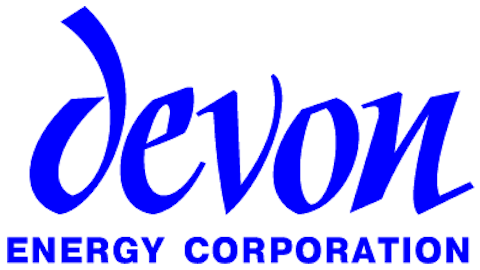“It is true, contrary to the company’s assertions, there is compelling senior oil & gas sector management experience among the dissident nominees.”
Tom Ward and the Current SandRidge Board
In a Forbes article entitled ” Tom Ward Of SandRidge Energy: Another CEO That’s Got To Go,” Richard Finger is scathing in his criticism of the current board of directors. He says that “Ward is obscenely overpaid” and that “Mr. Ward presides over a sycophantic board that obsequiously bows to Caesar’s commands.” He goes on to add that Ward compensates the current directors at around $375,000 yearly, which is considerably more than Exxon Mobil Corporation (NYSE:XOM), a company more than 100 times the size of SandRidge, pays its directors. He adds that Ward has benefited from related party transactions that TPG-Axon has identified in detail dozens of related party transactions.
Since the 2007 IPO, the price of SD stock has declined around 80%, but Mr. Ward has received total remuneration from the company of over $150 million over the past five years. Ward also has unlimited personal use of the four corporate jets belonging to the company, which he uses for personal weekend trips to places like Las Vegas and the Bahamas. The planes include a Falcon 900EX, which is one of the most expensive business jets available. Ward’s contract also provides that he will be paid $97 million in the event of a “change of control” at the helm of the company.
Peer Comparisons for Executive Compensation
With a total compensation of $25.2 million, CEO Tom Ward was one of the most highly paid executives in the industry in 2011, even though it is in the bottom half of publicly traded exploration and production companies ranked by revenues. Regulatory agencies require public companies to set benchmarks for their executive compensation based on comparisons with companies of roughly the same size. SandRidge cites two lists, one of mid-size exploration and production companies and the other of large energy firms.
The mid-size companies include the likes of Newfield Exploration Co. (NYSE:NFX), Denbury Resources Inc. (NYSE:DNR) and Plains Exploration & Production Company (NYSE:PXP). Those companies had 2011 median revenues of $1.95 billion, compared to SandRidge’s 2011 revenue of roughly $1.4 billion and a median executive compensation of $6.1 million. Ward’s compensation of over $25 million was more than 400% of this median.
The ‘large companies’ list contained six large companies, including the likes of Apache Corporation (NYSE:APA), Chesapeake and EOG Resources, Inc. (NYSE:EOG). These six companies had median revenues of $11 billion (nearly eight times that of SandRidge), and the median CEO pay was $15.2 million. Between 2007 and 2011, Ward earned $7 million more than the two executives who ran Chevron Corporation (NYSE:CVX) despite the fact that Chevron has more than 60 times the market capitalization. Chevron chairman and CEO John Watson received roughly $25 million in total compensation in 2011. This was a 52% increase from 2010, according to Chevron’s securities filing. Watson received a base salary totaling around $1.6 million and cash bonuses of $4 million. He also received $5.1 million in Chevron stock, a 35% increase from 2010.
Conclusion
Normally, I would recommend selling a company with this magnitude of corporate governance issues. However, after taking into account the underlying net asset value of SandRidge stock, I am rating the stock as a hold.
The article Corporate Governance Issues a Heavy Burden for SandRidge originally appeared on Fool.com and is written by Jordo Bivona.
Copyright © 1995 – 2013 The Motley Fool, LLC. All rights reserved. The Motley Fool has a disclosure policy.





